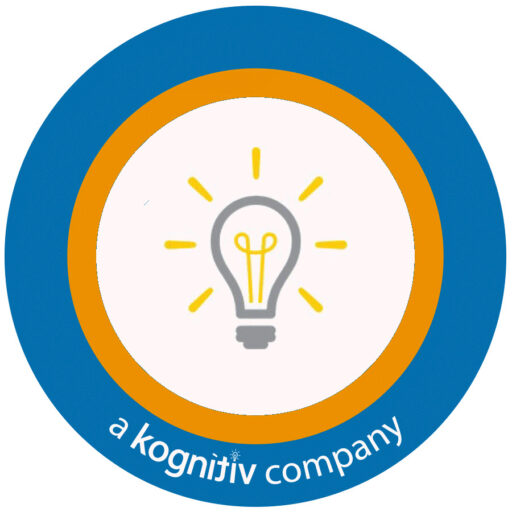
Navigating Global Payroll Rollout: Overcoming Data Migration Challenges
In today’s interconnected business landscape, a seamless global payroll rollout is essential for efficient operations. However, this process is not without its challenges, particularly when it comes to data migration. In this article, we’ll explore the frequent challenges faced during global payroll rollout and delve into best practices for overcoming data migration hurdles.

Data Quality & Integrity
The foundation of a successful data migration lies in accurate and complete data transfer. To achieve this:
Ensure Accurate Migration: Thoroughly validate the data for consistency, accuracy, and integrity to prevent discrepancies down the line.
Data Cleansing and Deduplication: Prioritize data cleanliness through cleansing and deduplication processes, ensuring only relevant information is migrated.
Accessibility and Availability: Guarantee that migrated data remains accessible and available to authorized personnel.
Compliance & Security
Maintaining compliance with data protection regulations is non-negotiable during a payroll rollout. Here’s how to ensure compliance and security:
Adhere to Regulations: Strictly adhere to data protection regulations and laws applicable to the regions involved in the payroll rollout.
Robust Security Measures: Implement robust security measures to safeguard sensitive employee information during and after migration.
Regular Audits: Perform regular audits to verify compliance with established regulations and identify potential vulnerabilities.

Integration
Integration of data from multiple systems is a formidable challenge. Address this by:
Addressing Migration Challenges: Overcome hurdles in migrating data from various systems by employing effective data transformation techniques.
Standardized Formats: Establish standardized data formats and protocols to facilitate seamless data integration.
Cutover Planning: Carefully plan cutover activities to ensure minimal disruption during the migration process.
Stakeholder Coordination: Collaborate closely with stakeholders to ensure a smooth integration process.
Change Management & Stakeholder Engagement
The involvement of stakeholders and effective change management are paramount:
Early Stakeholder Involvement: Engage stakeholders early in the migration process to gain their insights and address concerns.
Communication: Communicate effectively to manage expectations and ensure everyone is on the same page.
Training and Support: Provide comprehensive training and support to help users transition seamlessly to the new system.
End-User Assistance: Offer continuous end-user support to address any issues and ensure a smooth user experience.
Data Governance & Documentation
Robust data governance practices are vital for long-term success:
Establish Data Governance: Set up strong data governance practices to manage data quality and integrity post-migration.
Document Migration Procedures: Thoroughly document migration and data mapping procedures for future reference and auditing.
Compliance and Auditing: Ensure compliance with data protection regulations and establish auditing capabilities for accountability.
Change Control: Implement change control mechanisms to manage updates and modifications effectively.

Zusammenfassung
In conclusion, navigating the challenges of a global payroll rollout requires meticulous planning and execution. By focusing on key points such as accurate data migration, data quality validation, compliance, and security, you can achieve:
Improved Data Quality: Enhanced accuracy and integrity of migrated data.
Employee Satisfaction: Higher satisfaction due to seamless payroll processes.
Operational Efficiency: Increased efficiency in managing global payroll operations.
Seamless Integration: A well-integrated system that supports streamlined operations across regions.
By embracing these practices, your organization can conquer data migration challenges and achieve a successful global payroll rollout.
